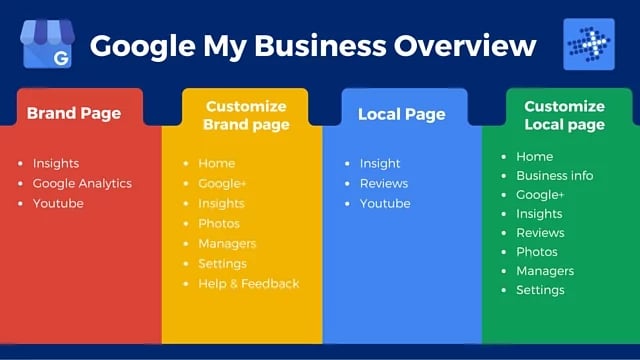How SEO Works
The relevance of the content on the page to what is being searched is very important for SEO. So if your business is promoting football jerseys, for example, it needs not only to reference that, but also the type e.g. Kerry GAA football jerseys. Remember not to irritate readers with excessive repetition, however.
Search engine ‘spiders’ will identify what is being searched, along with a number of other features including what is termed ‘metadata’. The two most important pieces of metadata are:
Page title: The first line you see on a search engine results page. This is picked up by the search engine from a line in the website’s code.
Description: The line below the title on a search engine results page. This is also found in the website’s code.
There are a range of other factors that search engines will use to prioritise the results that they deliver to users who put a phrase into a search engine. They include:
Having an automatically generated and machine-readable sitemap in a format compatible with major search engines.
Using human-readable URLs.
Using SEO-friendly URLs that can be edited to maximise their SEO effectiveness.
Also, the key metadata of pages (for example, the HTML title, description and keywords) must be editable independently of each other, and of all other page elements (for example, the headline and navigation label). Webmaster tools, such as Google Webmaster Tools, Yahoo! Webmaster Tools and Bing Webmaster Tools, must be configured for the site.
How to get started ?
There are a number of factors to consider to improve your website’s SEO:
Keyword research and analysis: Identify up to five primary keywords your website could use, taking your top-ranking competitors’ websites as inspiration. Use Google Keyword Planner to help identify these keywords.
On-page optimisation: This concerns HTML, the standard mark-up language that lets you create Web pages. The construction of your page will determine the page’s ranking e.g. URL construction should match primary keywords, H1 tags should use top three keywords, you should use internal links and ALT tags, etc.
Technical configuration: This involves ensuring your server is based in the right area (e.g. Irish businesses targeting Irish customers using Irish servers), your website’s load time, among other factors.
Off-page optimisation: Generating high-quality, inbound links to your website is key here. This is done through blog and PR activities, as well as targeted social media activity. The key is to get people to link to your website.
SEO techniques
On-page SEO has everything to do with elements on your own website. In-page SEO includes technical SEO - the quality of your code - text and visual content and user-friendliness on your site.
Off-page SEO aims to get more links to the site. The more relevant the links the site has, the higher the rankings in Google it will get. Other off-page methods are links from social media and brand mentions. We will gladly help you with your link structure!
Local SEO Get visibility in Google Maps. This is good for local companies who want to be seen in the immediate area. To get visibility in Google Maps, we use something called structured data. This can also be used to get e.g. stars (reviews) in the search results.
Technical SEO: We make sure that everything is technically correct. Some factors that are crucial:
Secure website using SSL (Secure Sockets Layer) certificate with correct redirects
Site speed
Optimisation for mobile
Page loading and stay algorithms




